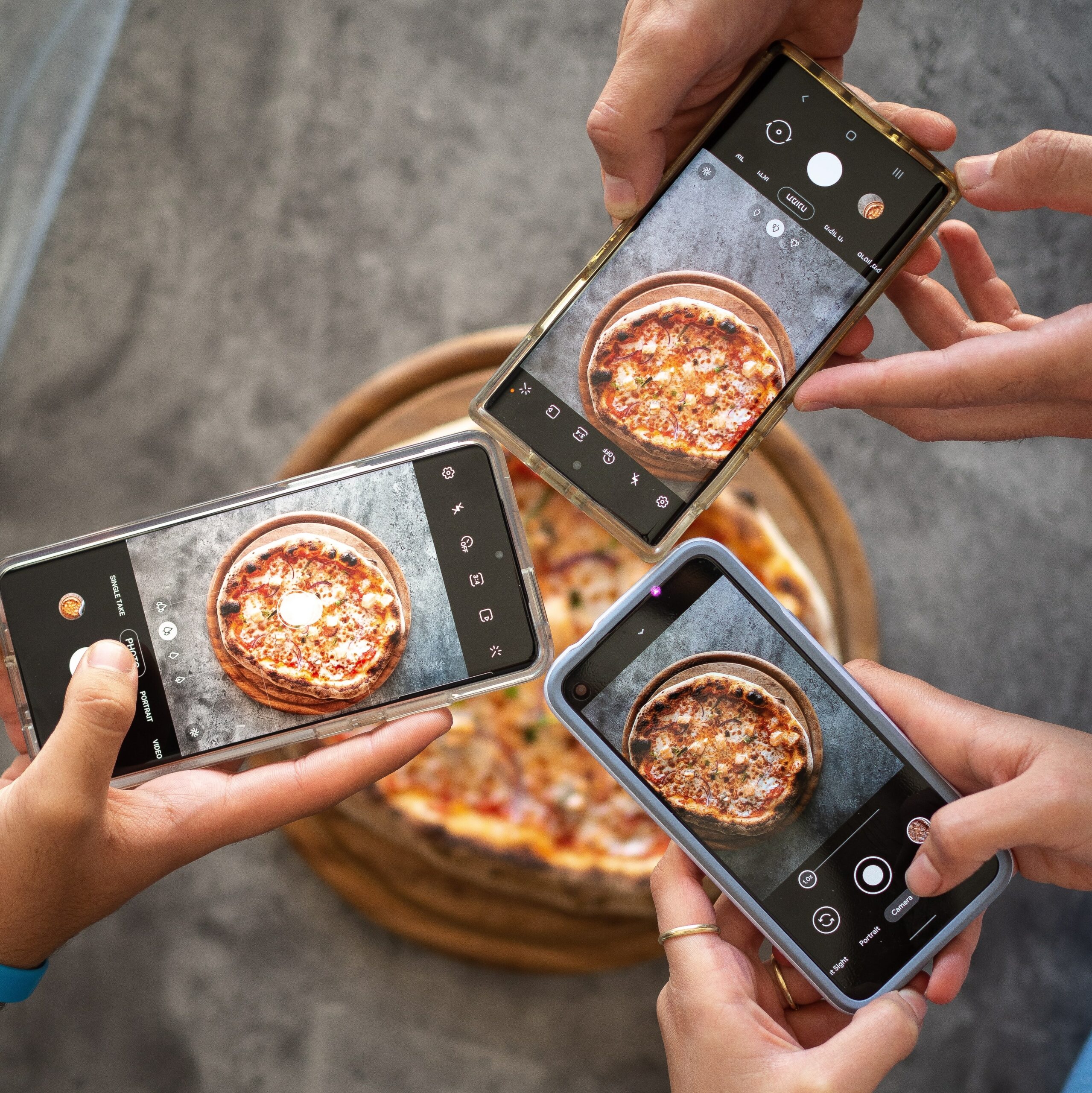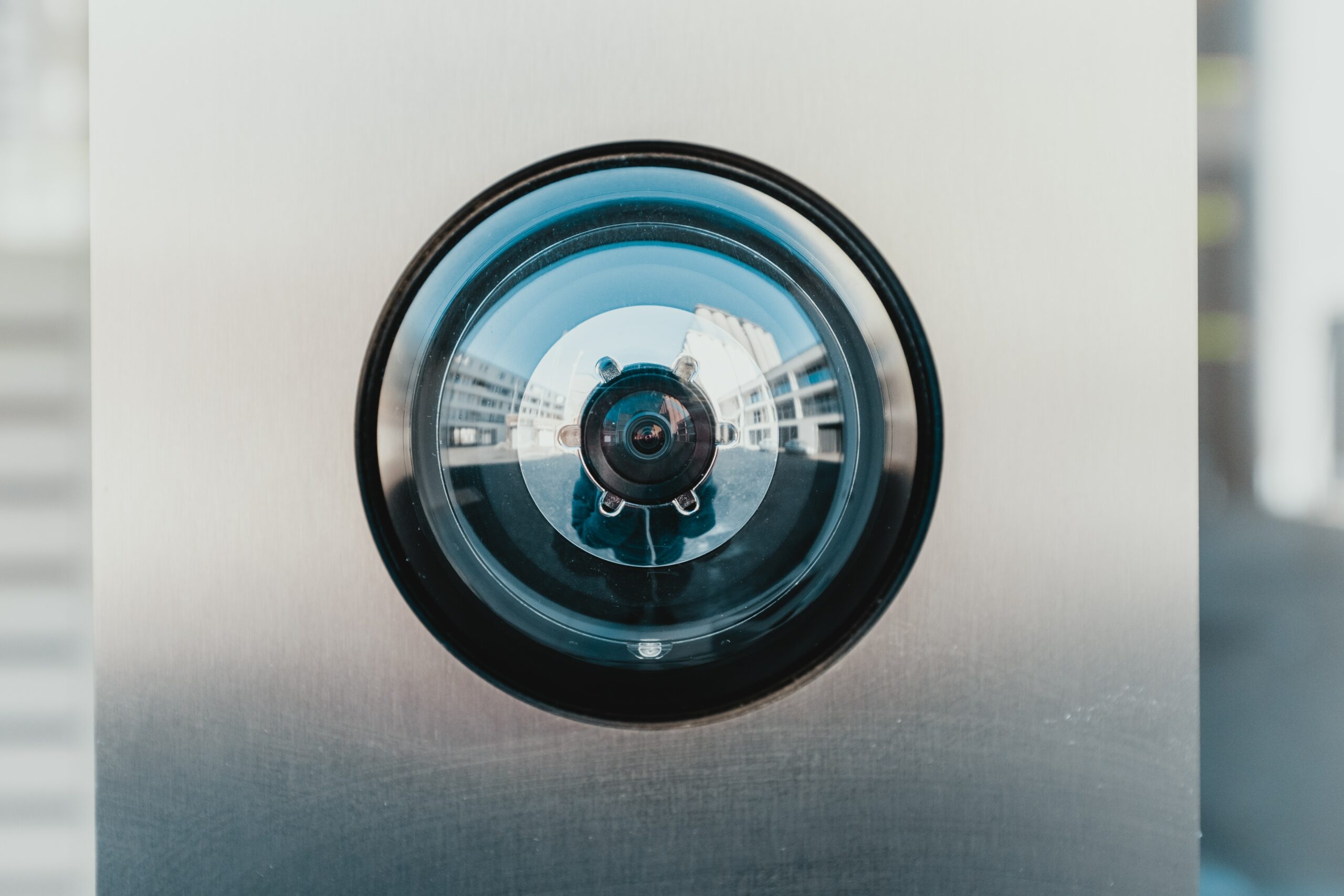Of course, you want your content to be relevant enough that customers are opening your emails frequently, but every email list will have active users, newly inactive users, and disengaged users. The goal of a reactivation series is to bring those newly inactive users back so they start engaging with your brand’s content again. We’ll look at what makes a reactivation campaign effective, special considerations for reactivation, and how to determine the best time to trigger and send them.
Keys to Effectiveness
One of the keys to an effective reactivation series is understanding why the customer sought out your company in the first place. To do that, it’s important to have current and relevant data to see why they initially engaged, how long they were engaged, and when they stopped.
The offer is crucial to a successful reactivation campaign, often creating a sense of urgency or FOMO. Coupons always do well but knowing who your customers are is key to offering what they want. Alvin Glay, our VP of Growth & Strategy, says, “If the customer has been away for a long time, you’re going to have to work harder to get them to re-engage, which puts a lot of pressure on the incentive you’re offering. Where companies usually fail is they blindly send offers without understanding why the customer originally engaged and why they left.”
Another way to increase the effectiveness of reactivation is a multi-channel approach, such as SMS. It’s possible the customer has an overwhelmed inbox and just hasn’t seen your emails, and response rates for SMS can be up to eight times those of email. Keep in mind if a user opens one of the initial reactivation emails, you don’t need to send the remainder. This means you can recycle the content and offer of an email while changing up the subject lines to try and entice customers back.

The Importance of Subject Lines
Reactivation requires both relevant and attention-grabbing content, usually delivered in a series of two to three emails. Segmentation of your customer base should inform what messaging and offers are delivered in the emails, and what kind of subject lines to deploy to entice customers to engage. Jennifer Streck, our VP of Client Strategy, says, “It has to have a very intentional subject line, and they should increase in directness through the series”. In other words, by the final email there should be no question in the customer’s mind you’ll be removing them from the email list if they continue not to engage. Streck says,”The language in the email does not need to be forceful. However, authenticity and clarity go a long way. I’m a fan of subject lines like ‘We miss you, do you still want to hear from us?’ Be really obvious you’re trying to reactivate them.”

“Catchy, attention-grabbing subject lines are part of the point of the reactivation campaign. If you’re using the same kind of language the regular email communications use, you’re not going to spark a different behavior.”
Seasonality is another important factor to consider. Many companies have a time of year when their sales are higher, like bathing suit season or pumpkin spice season. Make sure not to purge customers from your list until after the season has passed and they continue to not engage.
When to Send and How Frequently
When to send the reactivation emails is the final piece of the puzzle for a successful campaign. This is often influenced by the product purchase cycle and the frequency of normal email communication from your brand. Streck says, “You want to catch them early enough before ignoring you becomes a habitual thing, but you actually want to establish they’ve stopped engaging as opposed to just missing an email or two.”
If the customer has ignored five or more emails from you, it’s time to begin reactivation. Jennifer Stewart is a Senior Account Director at Response Media with more than 18 years of experience in online media and direct marketing with significant experience in reactivation campaigns. She says, “We tend to see our highest response in the first reactivation email. If it’s unopened, I’ll usually resend the same email to non-openers 7-14 days later with a new subject line.”
If your brand does not have an established method of reducing the cadence of messaging without opting out completely, it may be time to consider one. “Cadence of communication is a way for brands to tailor the level of engagement to the customer’s preference,” says Stewart.
It’s All About the Relationship
It’s not just missed marketing opportunities that can result from disengaged users. When customers leave your emails unread or immediately delete them, it can have a detrimental effect on future emails’ inbox placement, or even redirect them into the spam folder.
Ultimately, you as a brand want to reach as many customers as possible and keep an active relationship with them, which means maintaining a healthy email list with users who are engaging frequently. Reactivation reminds your customers you care about their attention and their business and are willing to reach out when their attention is elsewhere. Authentic communication with customers is the baseline of this relationship and can engender loyalty for years to come.















